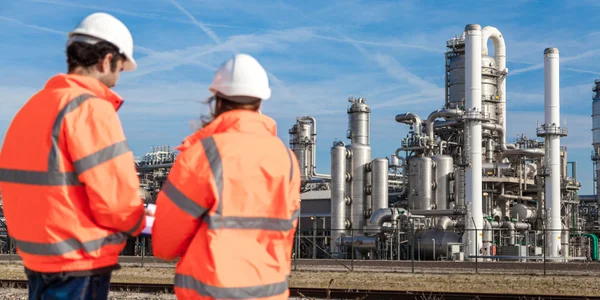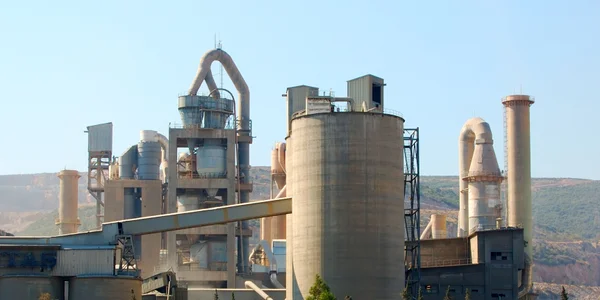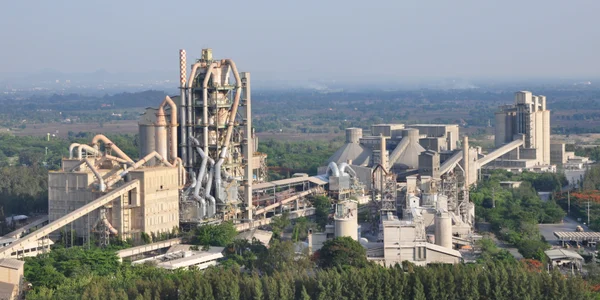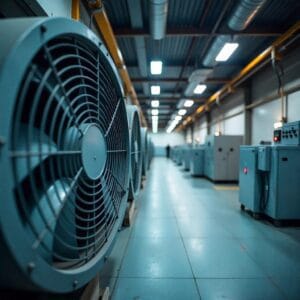Kanceláře
ŘEDITELSTVÍ

Německo
- Intenzivní filtr Himenviro Technologies GmbH
Neustraße 45 - 49, 42553, Velbert, Německo/Německo - +49 20534200990
KRAJSKÝ ÚŘAD

Velká Británie
- Intenzivní filtr Himenviro UK Limited
47, Bath Street WS13BX, Wallsall West Midlands, Velká Británie - +44 1922 628893
KRAJSKÝ ÚŘAD

Spojené arabské emiráty
- Intenzivní filtr Himenviro Technologies FZE – LLC
Obchodní centrum, Sharjah Publishing City Free Zone, Sharjah, Spojené arabské emiráty - +971-556074697
KRAJSKÝ ÚŘAD

Indie
- Intensiv-Filter Himenviro Private Limited
D-247/11, Sector-63, Noida – 201301, Uttar Pradesh, Indie - +91-120-4642-500
KRAJSKÝ ÚŘAD

Indie
- Intensiv-Filter Himenviro Private Limited
D-247/11, Sector-63, Noida – 201301, Uttar Pradesh, Indie - +91-120-4642-500
KRAJSKÝ ÚŘAD

Indie
- Intensiv-Filter Himenviro Private Limited
D-247/11, Sector-63, Noida – 201301, Uttar Pradesh, Indie - +91-120-4642-500
Systém odsiřování spalin (FGD) pro uhelné elektrárny
Systém odsiřování spalin (FGD) je klíčová technologie navržená ke snížení oxid siřičitý Emise (SO2) z uhelných elektráren. SO2 je škodlivá znečišťující látka, která přispívá k problémům s kvalitou ovzduší, kyselým dešťům a různým zdravotním problémům. Proces odsávání spalin (FGD) zahrnuje odstraňování síry z výfukových plynů před jejich uvolněním do atmosféry. Využíváním pokročilých technologií čištění spalin pomáhají systémy FGD uhelným elektrárnám splňovat environmentální normy, zajišťují čistší emise a lepší kvalitu ovzduší. Systémy FGD jsou zásadním řešením pro snižování emisí znečišťujících látek souvisejících se sírou a nabízejí jak ochranu životního prostředí, tak i soulad s předpisy.
Aplikace našich produktů pro provozní výhody
- Efektivní hospodaření s SO2: Systém FGD efektivně zachycuje oxid siřičitý ze spalin, čímž zajišťuje optimální kvalitu ovzduší a dodržování předpisů.
- Nákladově efektivní provoz: Technologie FGD minimalizuje provozní náklady snížením spotřeby energie a potřeb údržby.
- Snížená ekologická stopa: Přispívá k celkové environmentální udržitelnosti závodu snižováním škodlivých emisí.
- Minimální prostoje: Systém pracuje s minimální údržbou a je navržen tak, aby maximalizoval provozuschopnost a udržel tak plynulý chod zařízení.
- Soulad s globálními standardy: Zajišťuje soulad s řadou globálních emisních norem a chrání závod před potenciálními pokutami nebo uzavřením.
Aplikace našich produktů pro řešení na místě filtrování
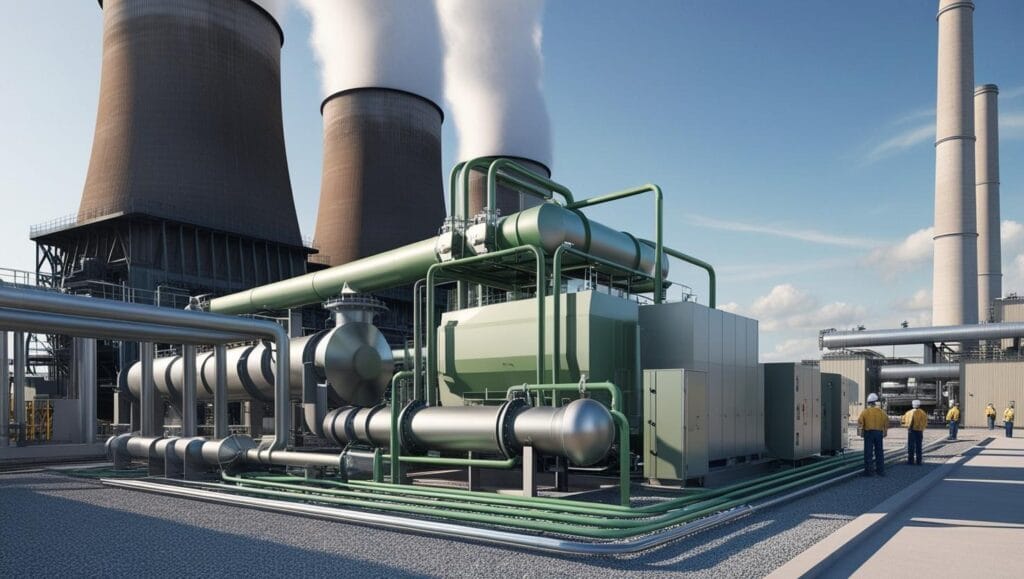
Systém FGD lze bezproblémově integrovat do stávajících uhelných elektráren.
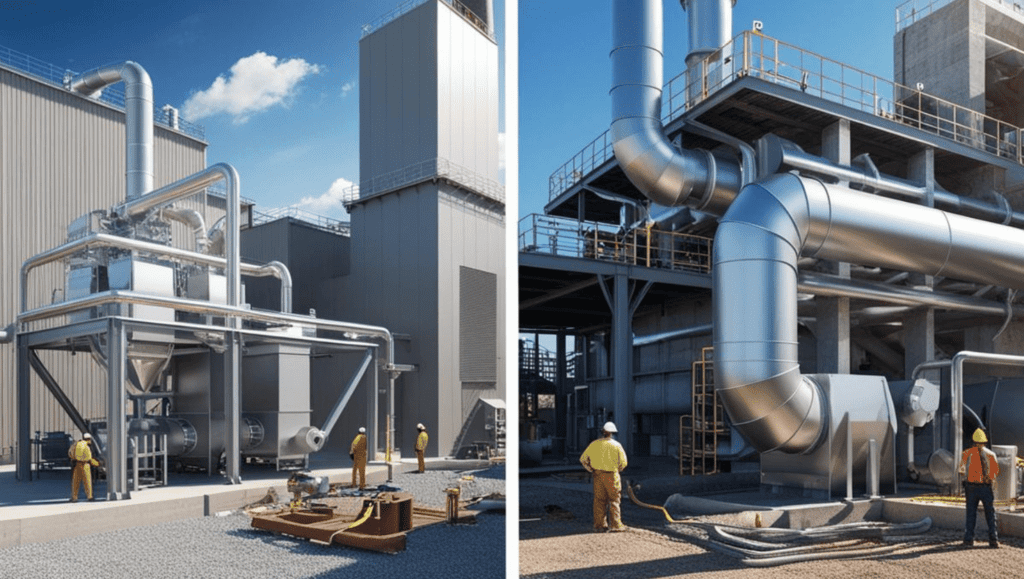
Lze jej instalovat jako nový systém nebo jej dodatečně namontovat do starších zařízení pro zlepšení regulace síry.
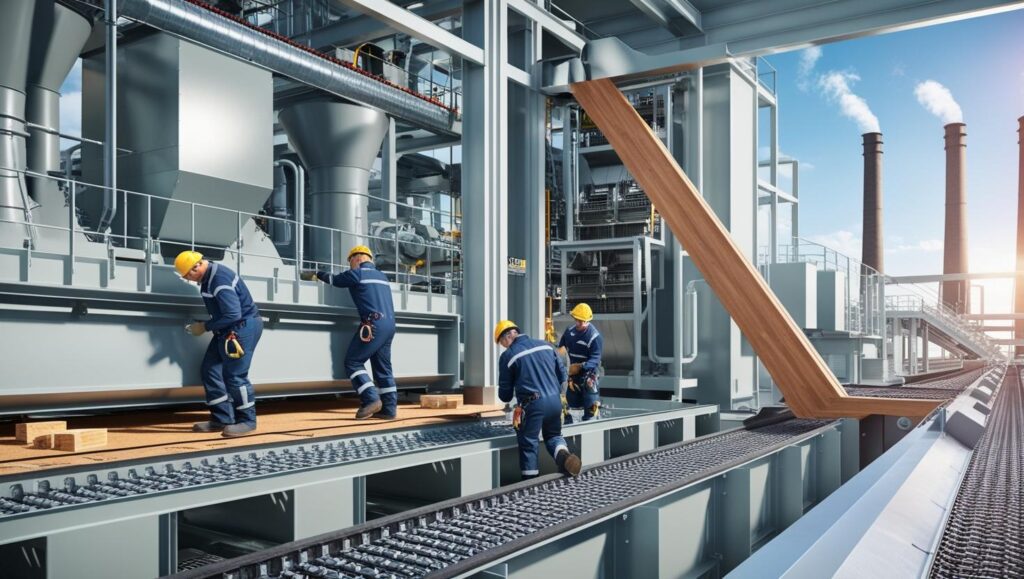
Instalováno bez větších narušení provozu zařízení, což zajišťuje nepřetržitou výrobu energie.
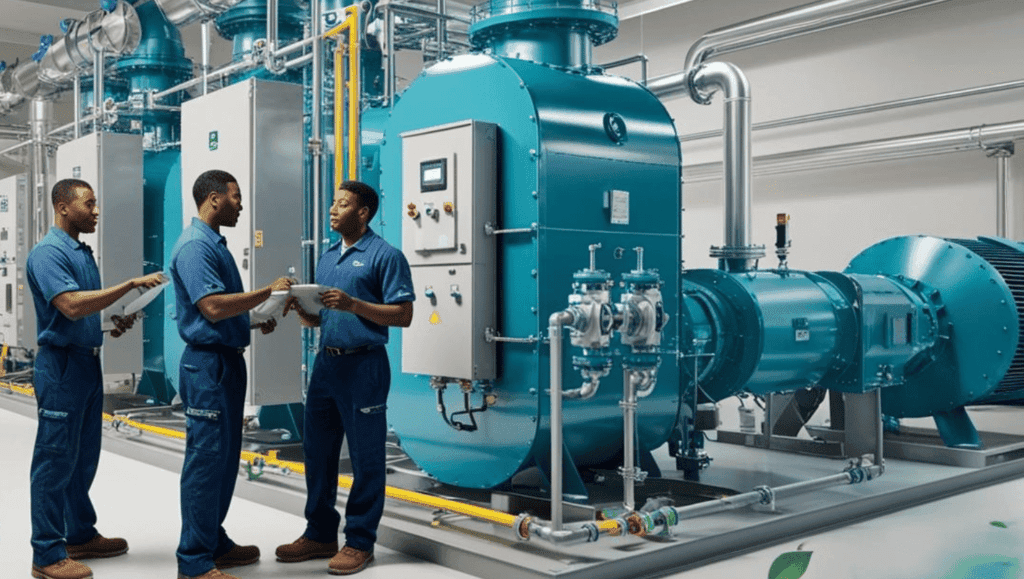
Systém lze modernizovat nebo upravovat s ohledem na nové environmentální předpisy.
Aplikace pro odsiřování spalin |
|---|
Uhelné elektrárny |
Průmyslové kotle |
Zařízení na energetické využití odpadu |
Rafinerie |
Ocelárny |
Výroba cementu |
Chemické zpracovatelské závody |
Petrochemické závody |
Těžební operace |
Klíčové vlastnosti a výhody |
|---|
Vysoká účinnost odstraňování SO2 |
Všestranné technologie drhnutí |
Nákladově efektivní |
Přizpůsobivost |
Dlouhodobá spolehlivost |
Šetrné k životnímu prostředí |
Soulad s předpisy |
Zlepšená kvalita vzduchu |
Energeticky úsporné |
Výhody |
|---|
Snižuje škodlivé emise |
Vysoká účinnost |
Soulad s předpisy |
Ochrana životního prostředí |
Zvýšená životnost rostlin |
Úspory nákladů |
Udržitelnost |
Zlepšuje veřejné zdraví |
Podporuje přechod na čistou energii |
Spojte se s námi pro odbornou konzultaci
Prozkoumejte naše další služby !
Často kladené otázky
Odsiřování spalin je technologie používaná k odstraňování oxidu siřičitého (SO₂) z průmyslových výfukových plynů vznikajících při spalování paliv v elektrárnách, cementárnách, chemických závodech a závodech na zpracování odpadu. Systémy FGD zabraňují vstupu emisí kyselých plynů do atmosféry a zmírňují environmentální a zdravotní rizika.
Existují tři hlavní metody odčerpávání spalin (FGD): mokré čištění, rozprašovací (polosuché) čištění a suché vstřikování sorbentu. V mokrých systémech se oxid siřičitý absorbuje pomocí vápencové nebo vápenné suspenze a reakce produkuje sádrovec, který lze často znovu použít. Rozprašovací nebo polosuché systémy používají sorbenty na bázi vápna bez odpadních vod, ale generují suché vedlejší produkty, zatímco suché vstřikovací systémy zavádějí práškové sorbenty přímo do spalin k odstranění SO₂ bez manipulace s kapalinou.
Mokré odsíření dimu (FGD) dosahuje nejvyšších rychlostí odstraňování SO₂ (obvykle přes 90 %) a může produkovat znovu použitelnou sádrovec. Má však vyšší instalační a provozní náklady, vyžaduje čištění odpadních vod a při nesprávném řízení může vést ke korozi. Polosuché systémy nabízejí nižší spotřebu vody, menší zastavěnou plochu a menší manipulaci s odpadem, ale jsou poněkud méně účinné. Suché metody vstřikování jsou jednoduché a flexibilní, ale účinnost se může lišit v závislosti na procesních podmínkách.

